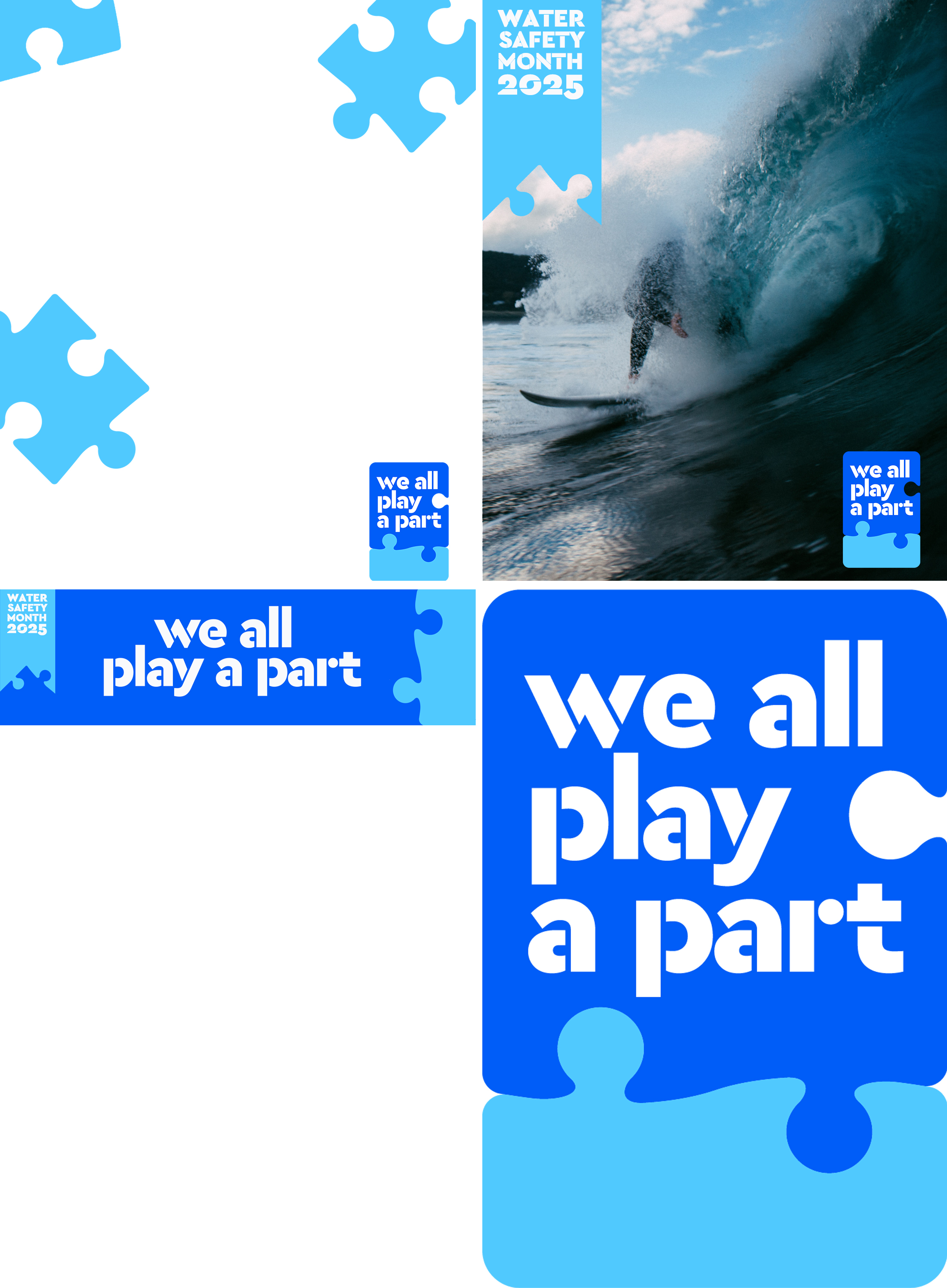Pools provide wonderful opportunities for teaching young children water safety and swimming skills. Pools are often the central hub for whānau and friends to gather and have fun. Unfortunately, pools are also potentially dangerous places, particularly where young children are concerned.
Adults must ensure children you are caring for are safe. The vast majority of children who drown are alone and unsupervised, or in the care of other children at the time.
The only safe pool environment is one where young children cannot gain access to a pool without adult supervision.
You can reduce drowning risks by:
- always supervising children in or near a pool
- remember, lifeguards are not babysitters
- maintaining home pool fences and gates in good condition
- always making sure the gate to the pool is safely shut
- setting rules of behaviour around the pool and teaching your child water safety and swim and survive skills
- clearing away toys and flotation aids from the pool area when not in use
- NEVER prop open the pool gate
- learn first aid and resuscitation.
Find out more at Keeping Little People Safe Around All Forms of Water.
Physical barriers save lives
Pools fencing
Since the introduction of pool fencing legislation in 1987, we've seen a significant reduction in child drownings in home pools – from an average of 10 young children per year to just two. Most of these preventable drownings involve children under three years of age.
Pool fencing is crucial for preventing accidental drownings, particularly among young children. It is important for pool owners to understand the pool fencing requirements of the Building Act 2004.
Note: New provisions of The Fencing of Swimming Pools Act 1987 were inserted into the Building Act 2004.
Residential pools
All residential swimming pools in New Zealand – including portable pools – that can be filled with water to a depth of 400mm or more must have appropriate physical barriers to prevent unsupervised access by children under five years of age.
The rules
- Fencing that is at least 1.2m high.
- Gates that are self-closing and self-latching.
- Barriers that prevent direct access from the house.
What else you need to know
- Regular inspections are mandatory: Your pool must be inspected every three years to ensure compliance
- Portable pools are not exempt: Any pool that can hold water deeper than 400mm requires proper safety barriers
- Compliance is essential: Non-compliant pools will receive a notice to fix under the Building Act, with potential Court fines of $5,000 for failure to comply
- Councils must inspect residential pools at least once every three years.
Pool barrier requirements apply regardless of whether any children are living on the property. Research shows that most homes with pools have young children among their visitors, and that young children are 6 times more likely to drown when they are visiting someone else's home than when they are at their own home.
Paddling pools
Paddling pools are a popular option for many New Zealand families, but safety around them is crucial, particularly for young children.
Always keep children within arm’s reach. Young children need constant, active supervision, including in and around paddling pools.
- Empty after use: Always empty paddling pools immediately after use and store them away.
- Set rules: Establish clear rules for safe play in or near the water with children.
- Avoid distractions: Don't be distracted while supervising children near water.
- CPR knowledge: Learning CPR can equip you with essential skills to deal with emergencies.
- Don't rely on flotation aids: Don't rely solely on flotation devices; always stay close to children.
Retailers must ensure paddling pools have warning labels about fencing laws.

Portable (temporary)
Any portable pool deeper than 400mm is subject to the same fencing rules as in-ground pools. This means it must have a at least 1.2m high childproof fence.
Any pool with less than 400mm of water is exempt from the Building Act, but it should be emptied every day, so it doesn’t present a drowning hazard. Remember to deflate all pool toys as they can act as an enticement into the water for children.
Retailers must be certain that some paddling pools that they sell carry warning labels that alert customers to the strict safety fencing laws.
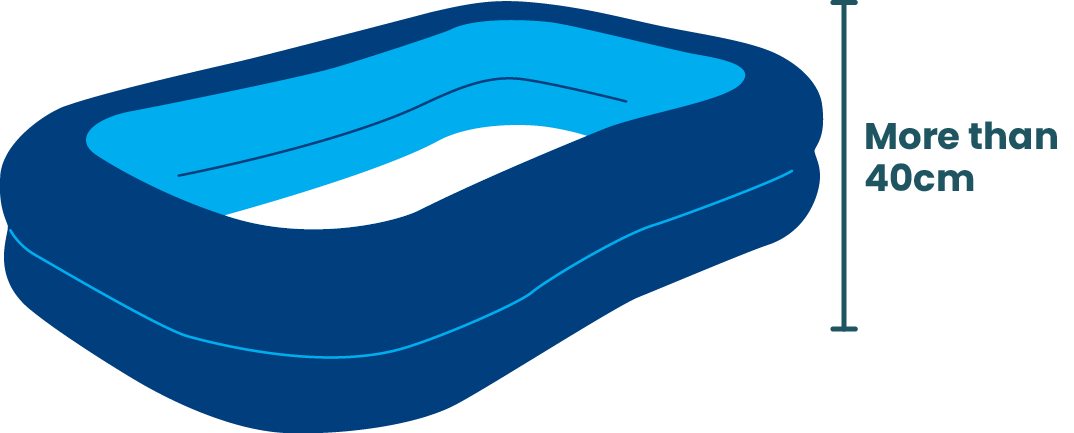
Taking action on Coroner’s recommendations around sale of above-ground temporary pools will reduce the risk of young New Zealanders drowning.
Water Safety New Zealand advocates for small portable pools under 1.2m in height to be withdrawn from sale in New Zealand. And for pools 1.2m and over in height to only be sold if they have an appropriate safety gated entry point.
Coroner Michael Rob made recommendations in March 2025 in findings of the drownings of eight children under 5 during the summer of 2021 to 2022, the youngest was just nine months old.
- The Detail: Parents on notice after spate of drownings - RNZ
- Calls to withdraw some smaller portable pools from sale – 1 News
- Water Safety NZ backs Coroner’s call to ban portable pools – Te Ao Māori News
- Drownings of eight children under six in one summer prompts coroner’s investigation - RNZ
- Coroner urges water safety after eight children drowned in one summer – NZ Herald
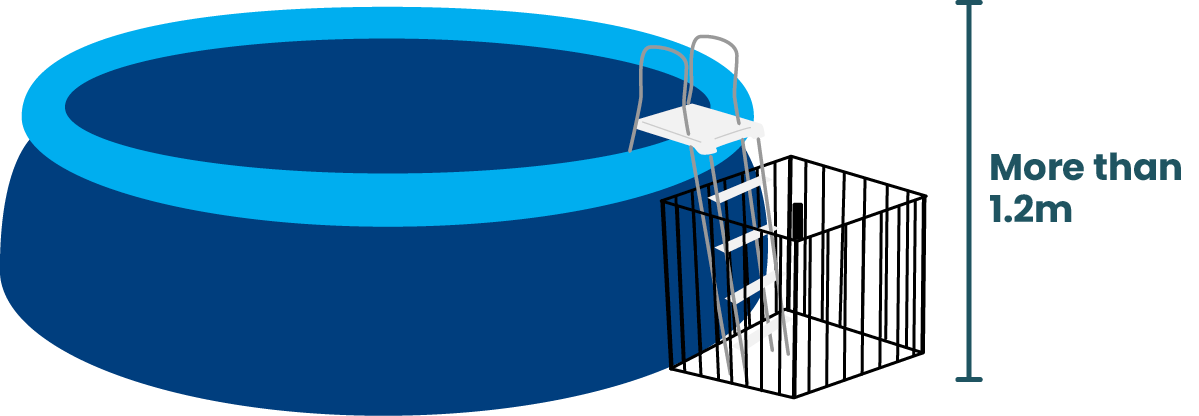
Public pools
To help keep young children safe, all public pools — including spa pools and hot tubs — must by law have safety barriers to stop unsupervised access by children under five.
Key safety requirements:
- The pool area must be fully enclosed by a barrier such as a fence, wall, or part of a building.
- The barrier must be at least 1.2 metres high and designed so children can’t easily climb over it.
- There shouldn’t be any objects or features near the fence (within 1.2 metres) that a child could use to climb.
- Gaps in or under the barrier must be small — no bigger than 100mm, about the size of a closed adult fist.
Inmost cases, building consent from the local council will be needed before installing or changing pool fencing.
Hotels, motels and other accommodation
Rules that cover residential pools, spas and hot tubs also apply to hotels, motels, hostels, camp grounds, rest homes and similar accommodation. Pools that can hold more than 400mm or more of water must have a barrier, usually a fence, to restrict access by young children under 5 years old.
These barriers must comply with the Building Act 2004 andBuilding Code clause F9, which outline specific requirements for height, construction, and gate mechanisms
Spa pools
In the case of a spa or hot tub, a lockable lid must be used. It must not be able to be readily opened by children and it automatically returns to a closed position.
It must be able to with stand a child standing on it and can return to a closed position and have signage indicating its child safety features to tell everyone how to use it.
It must be convex (leaning out to the edge) so the water does not pool in the centre of the cover thus creating a drowning hazard.
Mandatory inspections of swimming pool do not apply to small heated pools, such as spa pools and hot tubs, where the barrier is a safety cover that complies with the requirements of the Building Code.
School and public pools
All school and public pools in New Zealand must meet safety regulations.
Fences around school swimming pools should be at least 1.2m high and must be designed to protect people from harm – even trespassers. This means no dangerous features such as barbed wire, spikes or sharp edges.
Fencing should also be transparent to allow clear visibility and ensure safe supervision.
Public pools, such as council-owned pools, must have safety barriers that comply with the Building Act 2004 and Building Code Clause F9. These barriers are designed to prevent unsupervised access by children under five.
Barriers can include fences, walls, or parts of a building, and must:
- Be at least 1.2 metres high
- Have no climbable objects nearby
- Include gates that are self-closing and self-latching
- Meet strict rules for gaps and openings
Local councils are responsible for inspecting these barriers every three years to ensure ongoing compliance and safety.
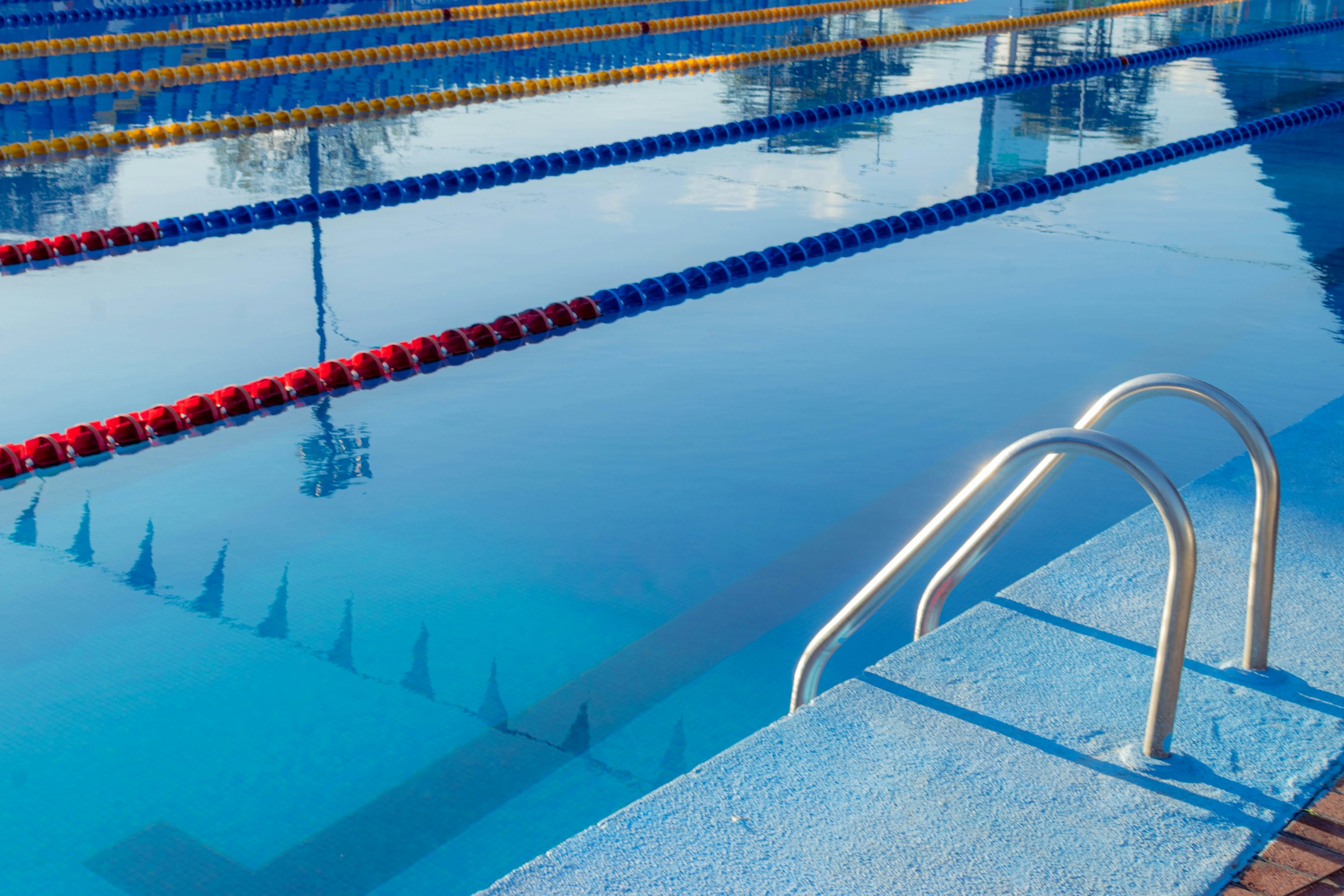
Keeping public pools safe
Public swimming pools play a key role in water safety — but they’re also where a significant number of water-related incidents occur. To help address this, Water Safety NZ and Recreation Aotearoa developed the Poolsafe Programme, a voluntary accreditation scheme that supports public pools to meet high standards for safety, supervision, and water quality.
Since 2001, Pool safe has helped more than 150 pools across Aotearoa improve safety and reduce risk.
Through independent assessments by qualified professionals, the programme assess everything from lifeguard training to emergency procedures and facility design. Pool safe accreditation gives communities confidence that their local pool is a safe and well-managed place to swim.
Learn more about the Poolsafe Programme
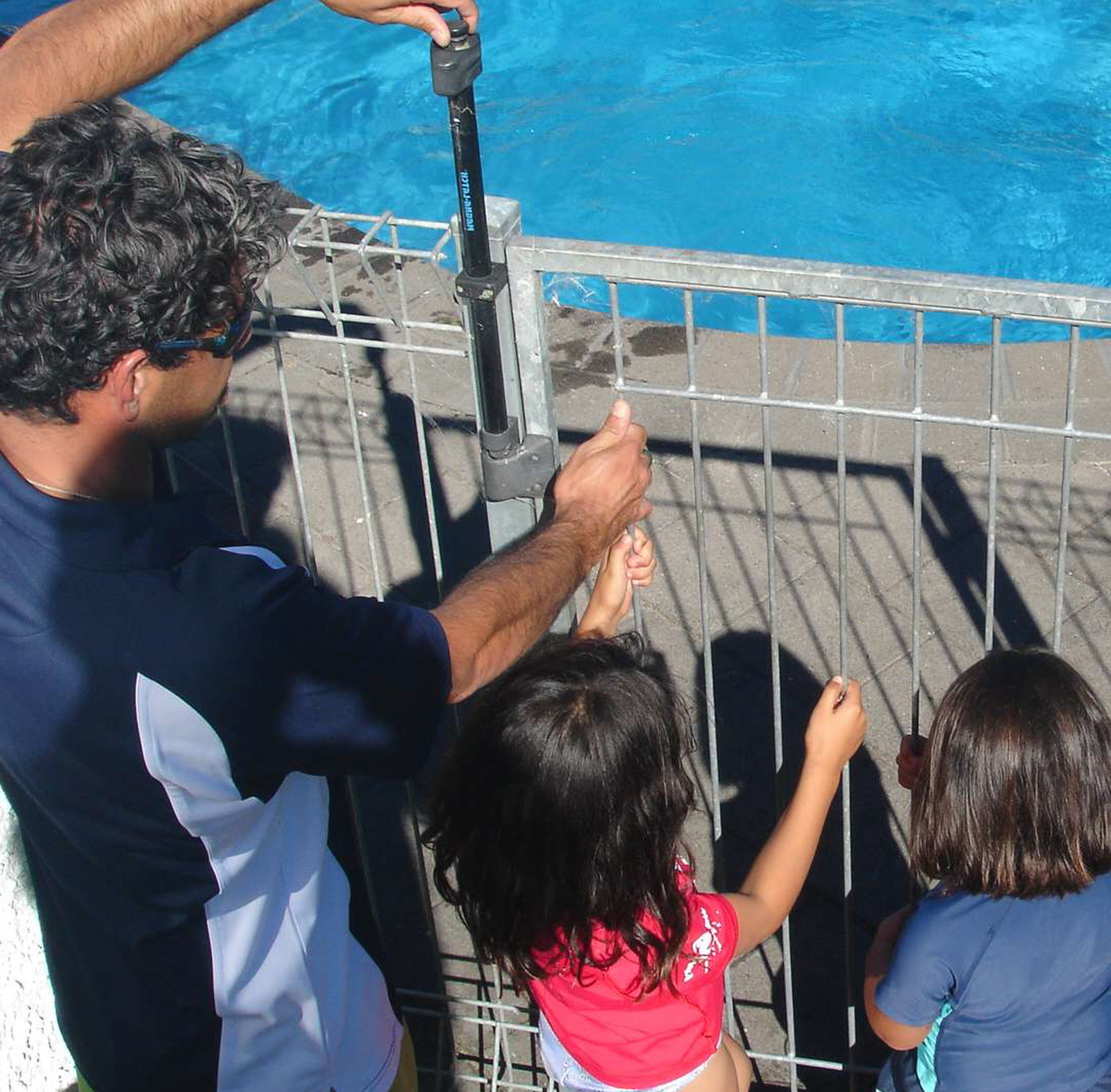
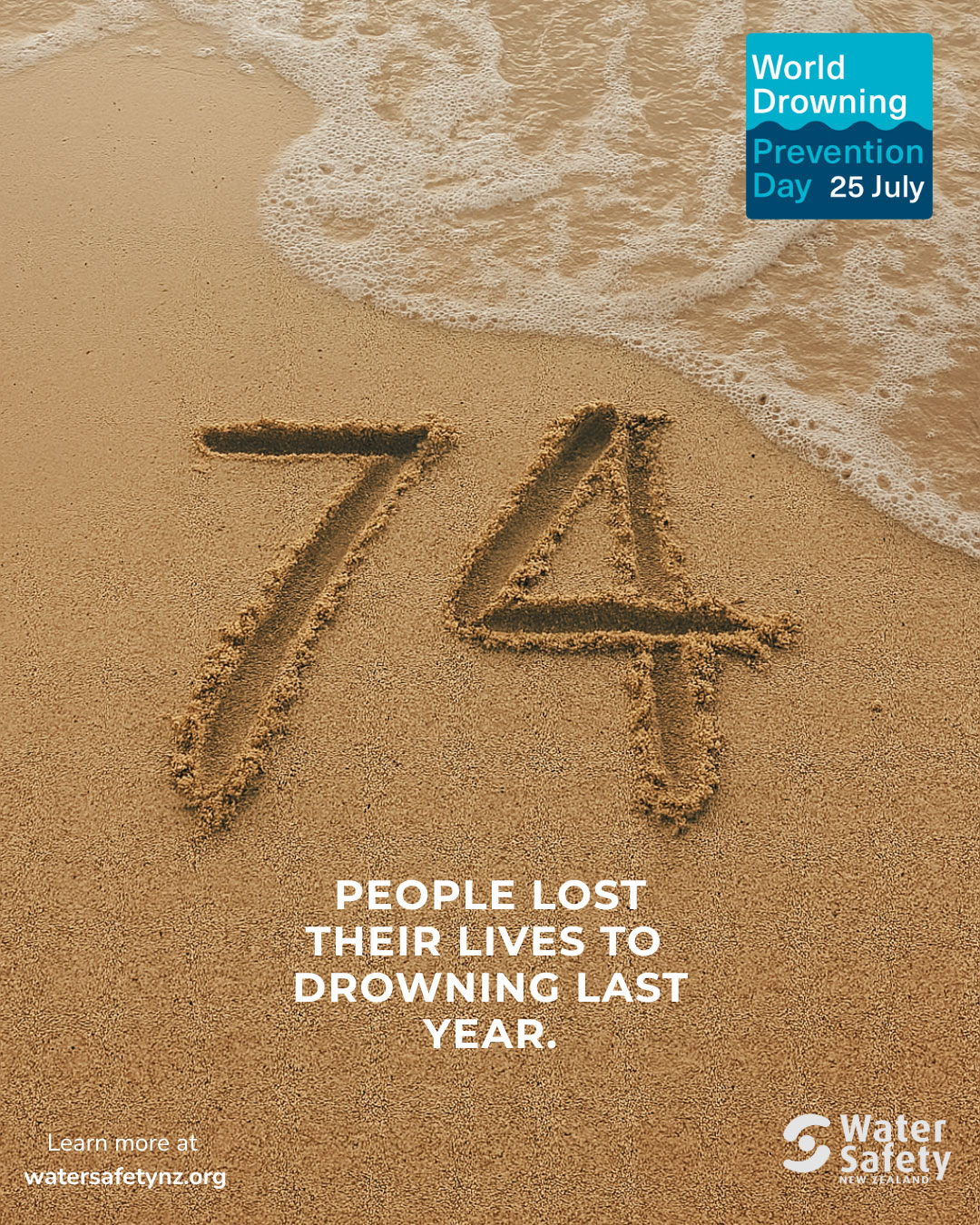
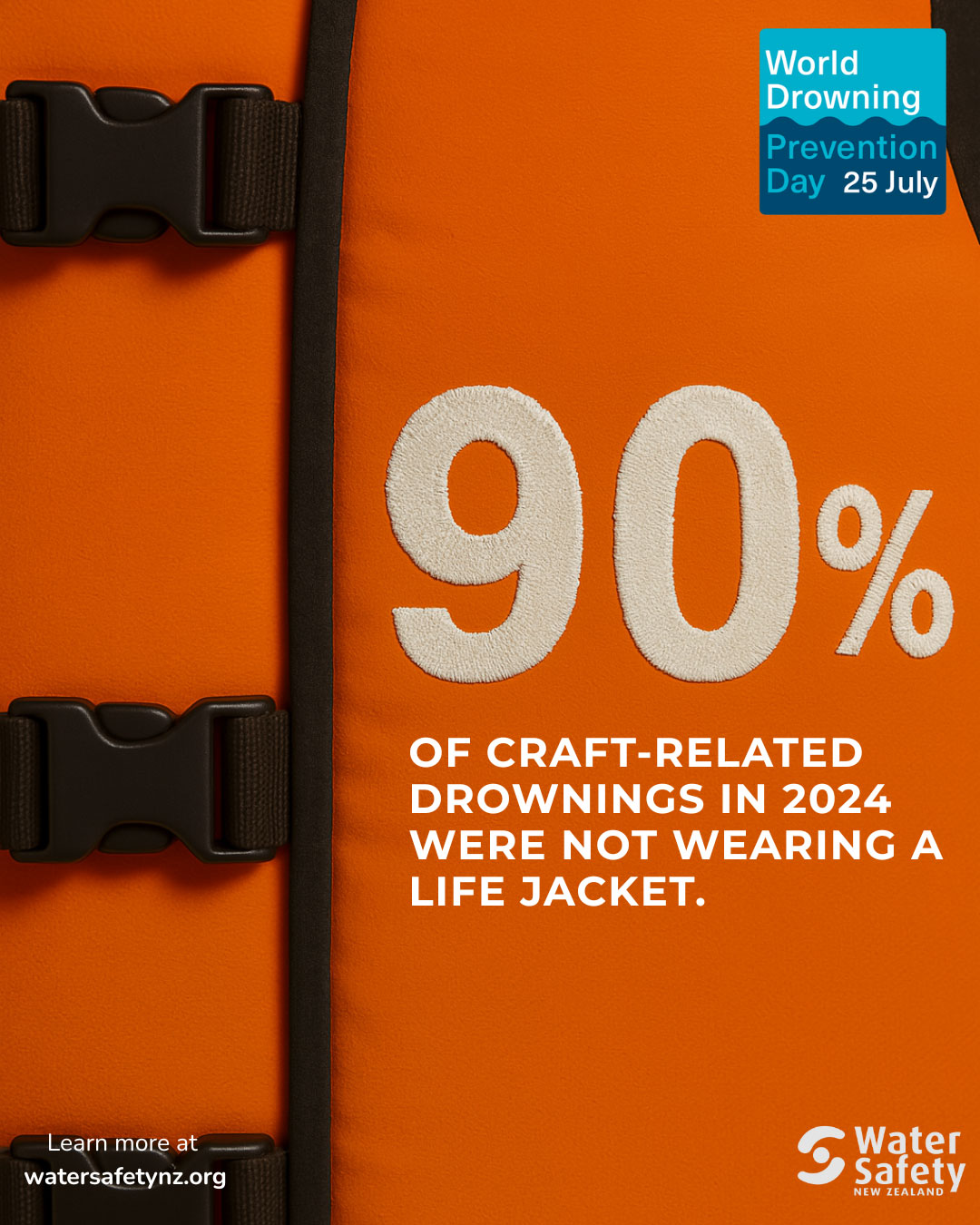
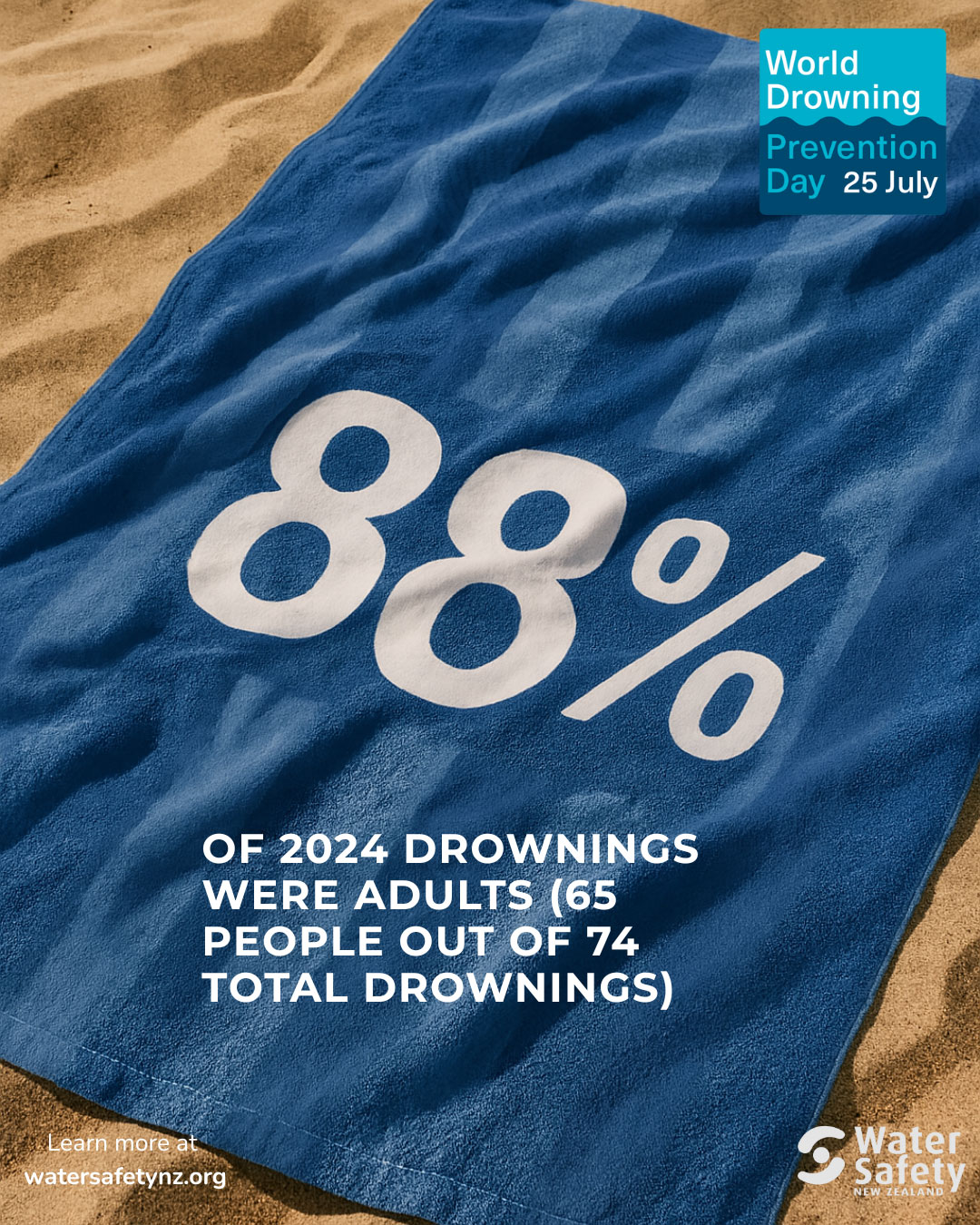


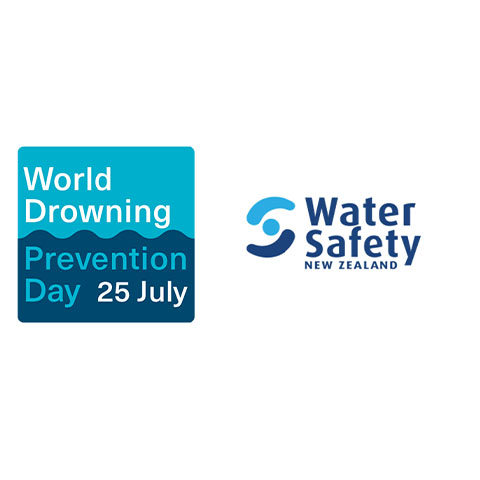
.jpg)
